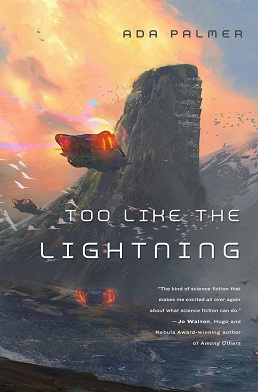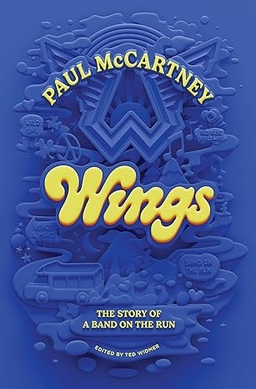I picked this up as a part of my BookBale Kickstarter from Caezik Press. With these four stories I figured I couldn’t go wrong. Four novellas that all won awards?
I’d only read one of them before–Nancy Kress’ “Beggars in Spain”. This one’s an interesting topic–what if people could be genetically engineered to not sleep, with no ill effects?
Mike Resnick’s “The Seven Views of Olduvai Gorge” was an interesting structure. I never would have read this on its own, I think.
Lois McMaster Bujold’s “The Mountains of Mourning” was probably my favorite in the collection. Even though I have never read a Vorkosigan novel, I think this is a prequel or early-set work so that I wasn’t lost in the world. It has me thinking I should probably reach out for the first novel proper as I think I’d like them.
Lastly (but first in the collection) is Joe Haldeman’s “The Hemingway Hoax”. I know of Joe’s interest in Hemingway, but thankfully this wasn’t too ‘inside baseball’ and it ended up with quite a SFnal bent to it. I enjoyed it a lot.
The only other comment I have on this edition is that the epub version I read had something strange where if characters were italicized on the right border of the page, the right edge, sometimes serif of the characters were cut off! It didn’t stop me from figuring out text, but it was distracting and occurred through the whole book.
If you’ve buying from BookBale or Caezik, look this collection up. Well worth it.



